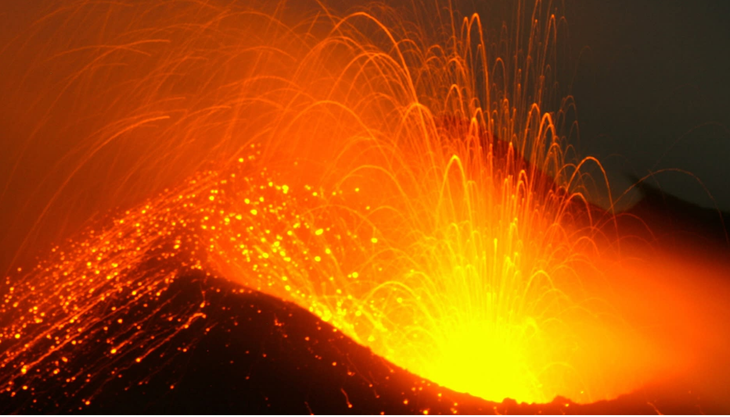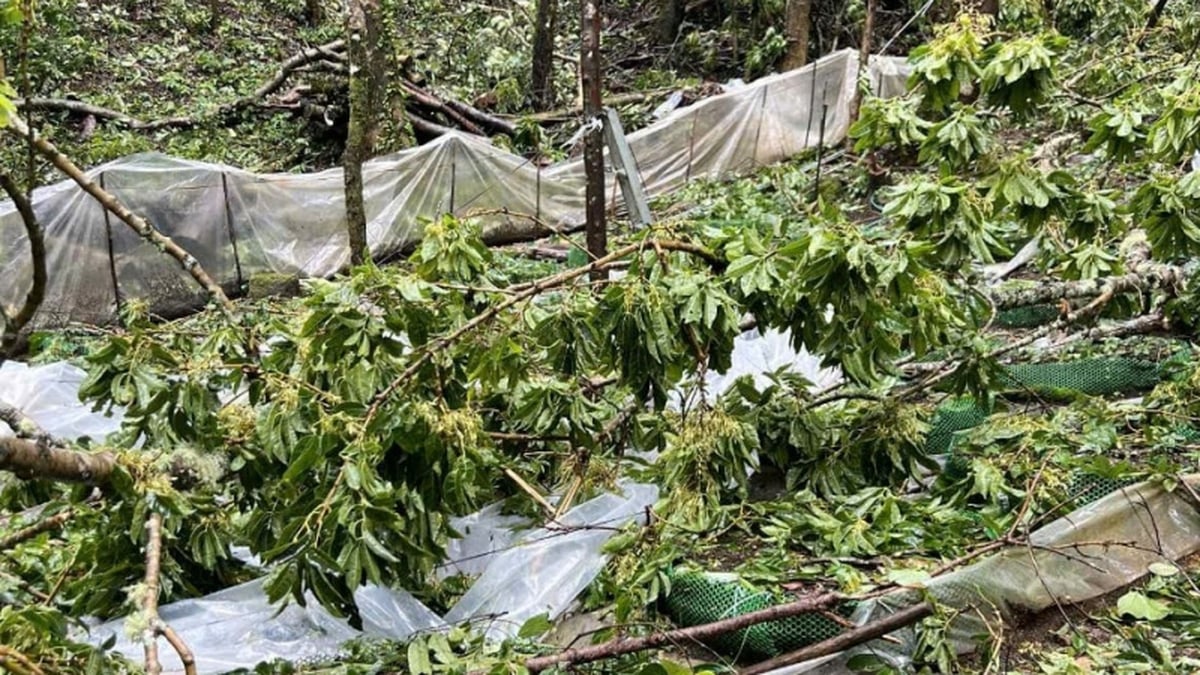
Scientists believe that the appearance of gold or precious metals on the planet's surface is not only the result of past meteorite collisions, but may be an ongoing process from within the Earth itself - Photo: Nature
The discovery came from a team of scientists from the University of Göttingen (Germany), when they analyzed volcanic rock samples collected from the Hawaiian Islands. In these samples, the research team discovered very small traces of the precious metal ruthenium, specifically a rare isotope called ¹⁰⁰Ru.
The isotope is rare in the Earth's mantle, but is thought to be more common in the planet's deep core, where nearly all of Earth's gold and precious metals are concentrated. This makes the discovery surprising, because it raises the possibility that some of the core's material is "leaking" into the Earth's mantle and crust.
“When the first results were analyzed, we knew we had really struck gold,” said geochemist Nils Messling, a member of the research team.
Until now, scientists believed that the Earth's core was almost completely isolated, meaning that there was no direct exchange with the planet's mantle or surface. However, this study has changed that thinking.
Using advanced isotope analysis techniques, the team was able to clearly distinguish the origin of the ruthenium species, determining that some of it came from the core-mantle boundary region.
According to research, super-hot streams of material from this boundary, possibly up to hundreds of quadrillions of tons of rock, have moved to the surface over long geological times, forming large volcanic islands like Hawaii today.
"We were able to show that material from the core boundary contributed to the formation of ocean islands, which had never been confirmed before," said geochemist Matthias Wilbold, co-author of the study.
The Earth is made up of three main parts: the core, the mantle, and the crust. The core is believed to hold nearly all of the planet’s gold, platinum, and other precious metals. However, if there were even a tiny leak from the core to the surface, it could open up a whole new field of study into the Earth’s interior dynamics.
In other words, the appearance of gold or precious metals on the planet's surface is not just the result of past meteorite impacts, but may be an ongoing process, from within the Earth itself.
Beyond its scientific significance, the study raises a larger question: could Earth's gold and precious metal deposits have deeper origins than we previously thought?
In the future, if we better understand how material from the Earth's core moves, we could improve our ability to predict volcanoes, learn more about the formation of mineral deposits, and even come up with new hypotheses about life on the planet.
Source: https://tuoitre.vn/vang-va-kim-loai-quy-dang-ro-ri-tu-loi-trai-dat-20250523205936154.htm


































































































Comment (0)